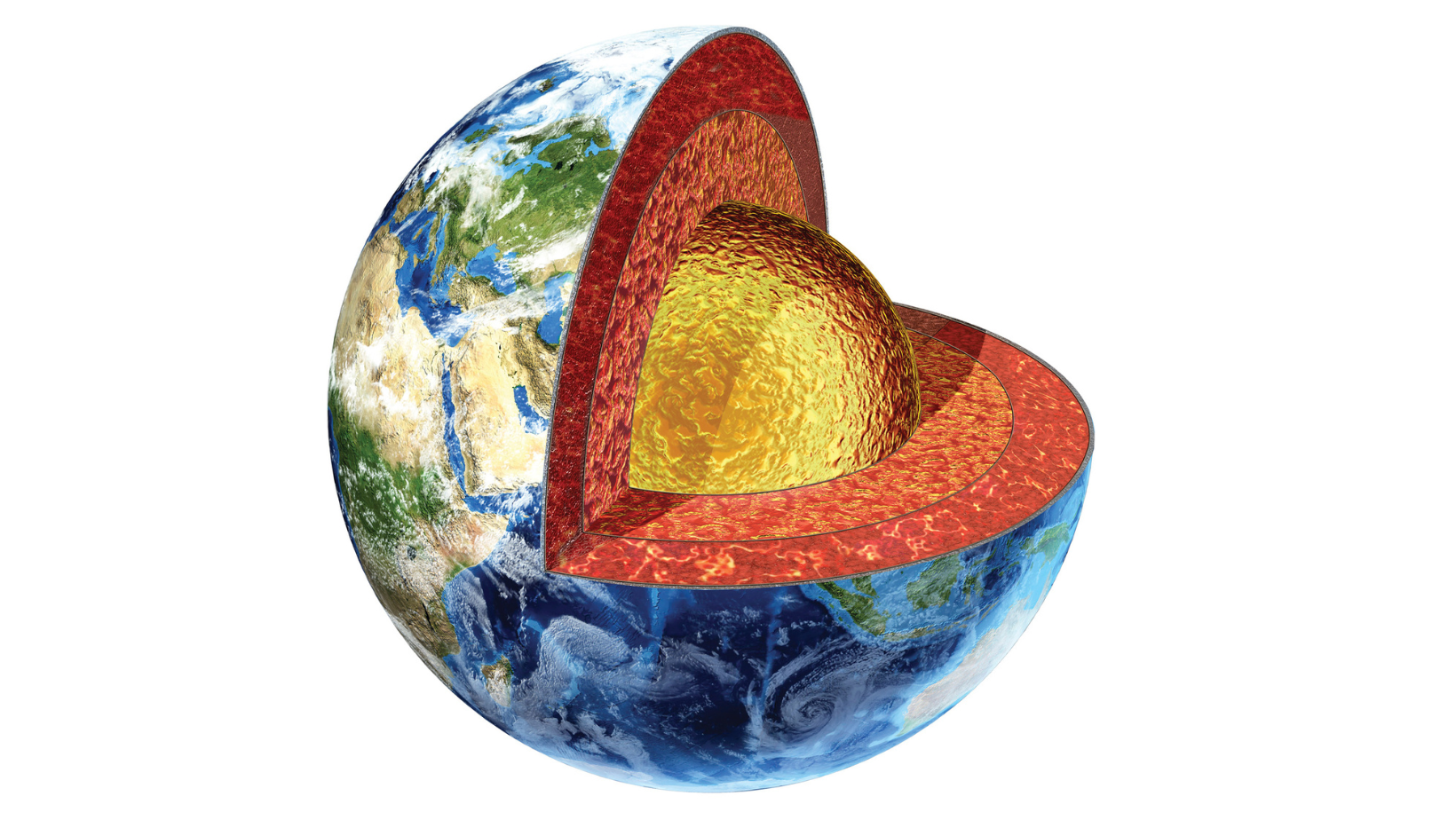Could There Be Changes to Earth's Inner Core Rotation?
One new study may make your head spin - Earth's inner core may be changing speeds. A recent study from Peking University in China, showed researchers analyzed seismic wave data over the past 60 years to find oscillations of Earth's inner core.

One new study may make your head spin - Earth's inner core rotations may be changing. There are 4 parts to Earth - the crust, the mantle, the outer core, and the inner core. The outer core is made up of a liquid layer of metal, while the inner core is thought to be solid metal and roughly 70% of the size of the moon. The inner core floats on the liquid metal outer core, but exactly how it rotates has been a controversial question for years among scientists.
It was originally believed that when viewing the core from the north pole, it would rotate counterclockwise, with the rest of the Earth. However, researchers at Peking University in China conducted a study, analyzing seismic wave data over the past 60 years and came to a shocking conclusion - the earth's rotation appears to have almost stopped in 2009 and sped back up afterward, now moving slower than before. And, it may even be a cycle.
Researchers discovered that the inner core rotates at the mantle and the crust. The planet roughly spins 360 degrees a year while the inner core rotates one degree per year, faster than the rest of the planet. It's believed a complete cycle lasts around 70 years. The core began rotating slightly faster than the rest of the planet in the early 1970s. However, since 2009, the core's rotation has been slowing down and coming into sync with the rest of the planet. At the moment, there is a negative trend, which signifies the core rotating slower than the rest of the planet. Researchers believe there should be another change in speed in the mid-2040s.

Evidence for the inner core's fluctuating rotation was first mentioned in 1996 by Xiaodong Song and Paul G. Richards.
Before 2009, doublet earthquakes generated seismic waves that traveled through the earth. These waves would travel at different rates through the core, indicating the waves were crossing different parts of the core, and the inner core was rotating at a different speed than the rest of the Earth. But in 2009, that suddenly stopped. After 2009, the differences appeared once again but this time, different than before. This intrigued researchers to look back even further.
They looked at research from Alaskan doublets dating back to 1964. In the early 1970s, data showed the possibility of the rotation moving faster than the rest of the planet. This led researchers to believe that the inner core oscillates within a 70-year period, switching speeds roughly every 35 years. Some also believe since the inner core is 'gravitationally linked to the mantle and magnetically linked to the outer core' that this could also explain the behavior of the earth's gravitational field and the 70-year variations in Earth's days.
The study has caused controversy among other researchers, with some believing there is no difference or the difference is shorter than 70 years. However, with more studies and observations, they hope to be able to make better conclusions in the future.



